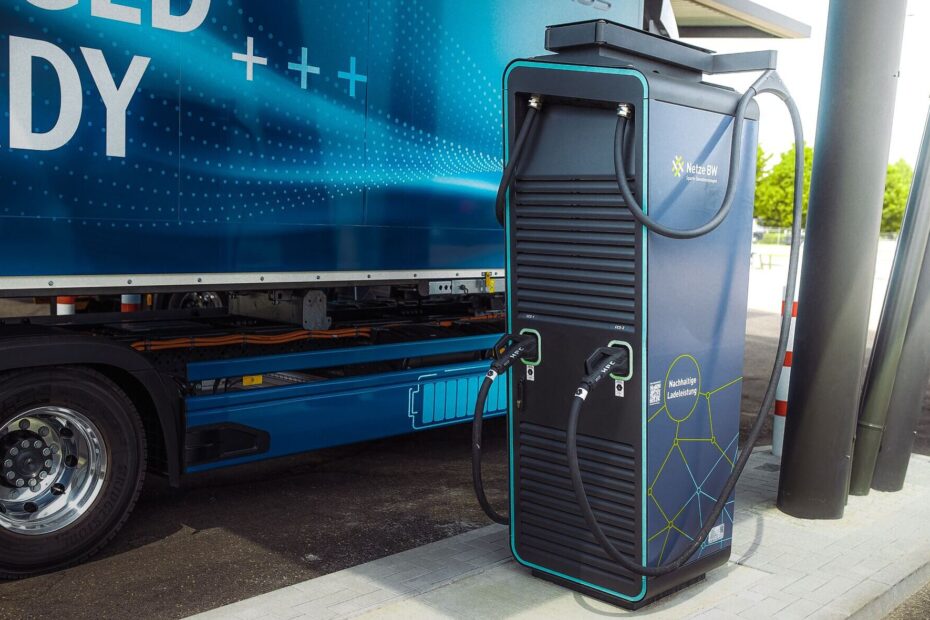Drive down the road and you’ll see plenty of EVs, but why don’t you see electric trucks? A major bottle-neck in the adoption of heavy commercial vehicles is the lack of charging infrastructure. Here are five things that are slowing down the necessary development of charging stations.
The transportation industry is one of the most significant contributors to carbon emissions worldwide. Heavy commercial vehicles, in particular, are responsible for a significant portion of these emissions. The need for a robust charging infrastructure for heavy electric trucks is vital to achieving transport free from fossil fuels. However, the development and deployment of such infrastructure present several challenges that must be addressed. Here are the top five issues slowing down the roll out of charging point infrastructure for heavy commercial transportation:
- High capital and operational costs: Installing a charging infrastructure for heavy commercial transportation involves significant capital and operational costs. The cost of deploying a charging location can be expensive, depending on the charging capacity and technology used. Furthermore, ongoing operational costs, such as maintenance and electricity costs, need to be considered.
- Availability of charging locations: Heavy commercial vehicles travel long distances and require a network of charging stations in strategic locations. However, the availability of charging locations, especially in remote or rural areas, needs to be improved. Developing a comprehensive charging infrastructure network is essential to ensure the viability of heavy electric commercial vehicles.
- Compatibility and standardization: Compatibility and standardization are crucial for ensuring the interoperability of charging stations and vehicles. However, the need for more standardization in the charging infrastructure is a significant hurdle. Various charging standards, such as CCS, CHAdeMO, and Tesla Superchargers, can lead to confusion for fleet operators and consumers. Therefore, developing standardized charging systems is necessary to ensure seamless charging experiences for all stakeholders.
- Grid capacity and power supply: Charging heavy electric trucks requires significant electricity, which can strain the local grid capacity. The deployment of a large number of charging stations can lead to power outages or require grid upgrades, resulting in additional costs. The development of charging infrastructure must be done in collaboration with electricity grid operators to ensure that the grid capacity and power supply can handle the increased demand.
- Permits and regulations: The development and installation of charging infrastructure require permits and compliance with local, state, and national regulations. Obtaining permits and navigating regulatory requirements can be time-consuming and complex. A streamlined permitting and regulatory process can speed up the rollout of charging infrastructure and decrease costs.
The development and deployment of charging infrastructure for heavy commercial transportation pose several challenges that must be addressed. These challenges range from high capital and operational costs to permitting and regulatory challenges. However, transitioning to an electric heavy commercial vehicle fleet is essential to achieve a sustainable transport system, and addressing these challenges is critical to realising this transition. Developing a comprehensive charging infrastructure network that is standardised, interoperable, and developed in collaboration with grid operators is essential for successfully adopting heavy electric commercial vehicles.
Ready to take the next step?
Gordian offers both ready-to-use and customized solutions for charging point operators and logistics companies to simplify planning for charging infrastructure. Check out how we can optimise your network below.
